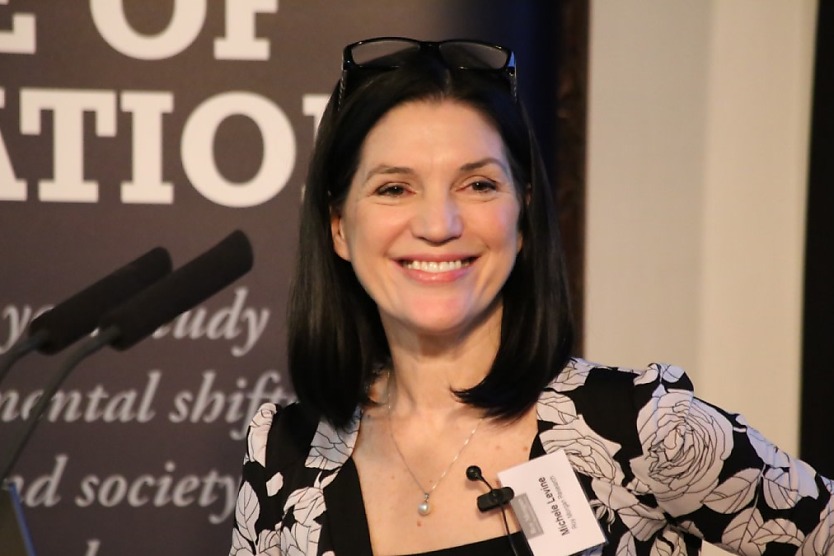Month-on-month employment figures in
SHARE THIS ARTICLE

New figures have revealed the status of Australia’s unemployment rate for July.
According to Roy Moran’s latest employment series data, in July, unemployment dropped to 9.1 per cent – representing a 1.2 per cent decline from the month prior.
The increase was due to a large rise in full-time employment, up 133,000 to a new record high of 9,070,000, and a small increase in part-time employment, which was up 13,000 to 4,710,000.
That being said, the figures show there was a small increase in underemployment at the same time – up 0.2 percentage points to 9.5 per cent. This was the highest for young Australians aged 14 to 17 (30.6 per cent) and 18 to 24 (18.2 per cent).
Commenting off the back of the figures, Michele Levine, chief executive at Roy Morgan, said: “We have highlighted for months now that there’s been a rapid increase in the Australian population over the last year, a record increase of 672,000, and this has flowed through into a rapidly expanding labour market. The Australian workforce increased by 475,000 compared to July last year.”
“However, although there have been many new jobs created compared to a year ago, the rapid workforce growth has outpaced the economy’s job creation as we deal with high inflation and rising interest rates. Overall employment is up 340,000 compared to a year ago, while unemployment has increased by 135,000.
“In addition to the surge in immigration, the key factor influencing the Australian economy at the moment is inflation and the increases in interest rates designed to reduce it. The RBA has increased interest rates on 12 occasions since May 2022 to 4.1 per cent.”
Ms Levine said future RBA movements are likely to spell positive news.
“The good news is that the RBA may have finished its interest rate rising cycle after leaving interest rates unchanged for a second month in a row – the first time they have done this since beginning their interest rate increasing cycle just over a year ago,” she explained.
“The reduction in the official inflation figures for the year to June 2023, now at an annual rate of 6 per cent, down from 7.8 per cent in the year to December 2022, suggests that inflation has peaked and is now clearly declining. If this trend continues, there are unlikely to be further interest rate increases.”
Ms Levine added: “One of the consequences of high inflation and the rising cost of living is that many Australians are forced to take up more than one job to generate a sufficient income. The latest figures released from the ABS on ‘Multiple job-holders’ estimates that there were almost 950,000 Australians with multiple jobs in March 2023 – a record high representing 6.6 per cent of employed people.
“The ABS figures estimate the two most likely age groups to hold multiple jobs are younger workers aged 15–19 (7.9 per cent) and 20–24 (8.9 per cent). These age groups are the most likely to be undertaking secondary and tertiary education and also be working in part-time employment in industries such as retail and hospitality.”
